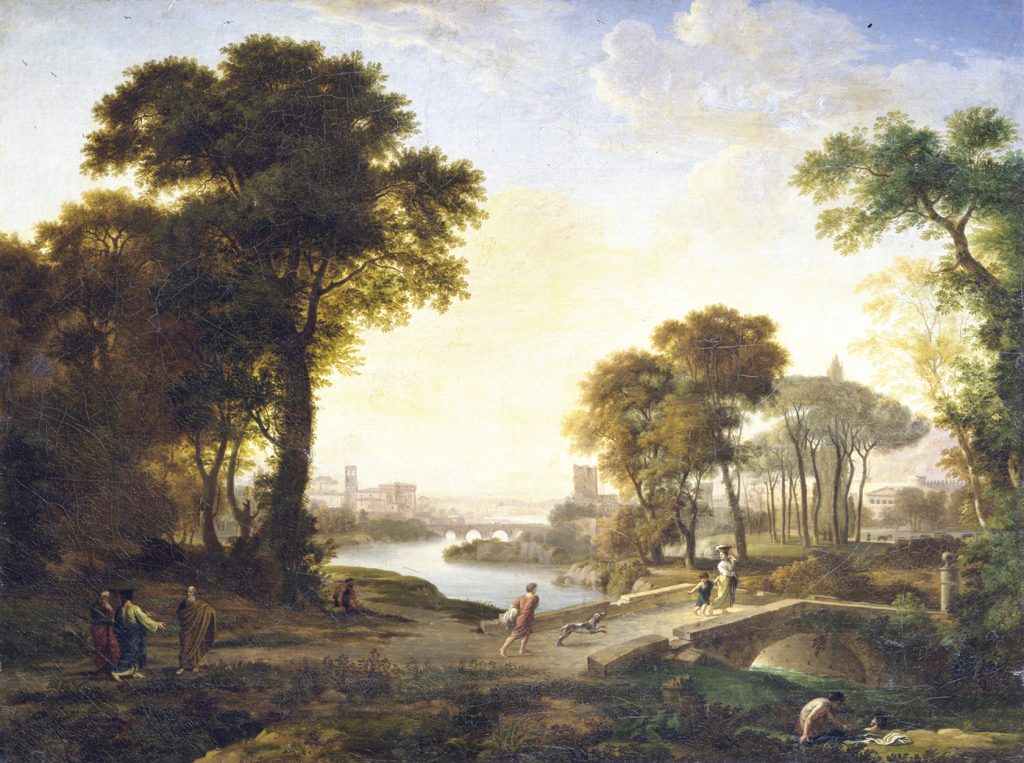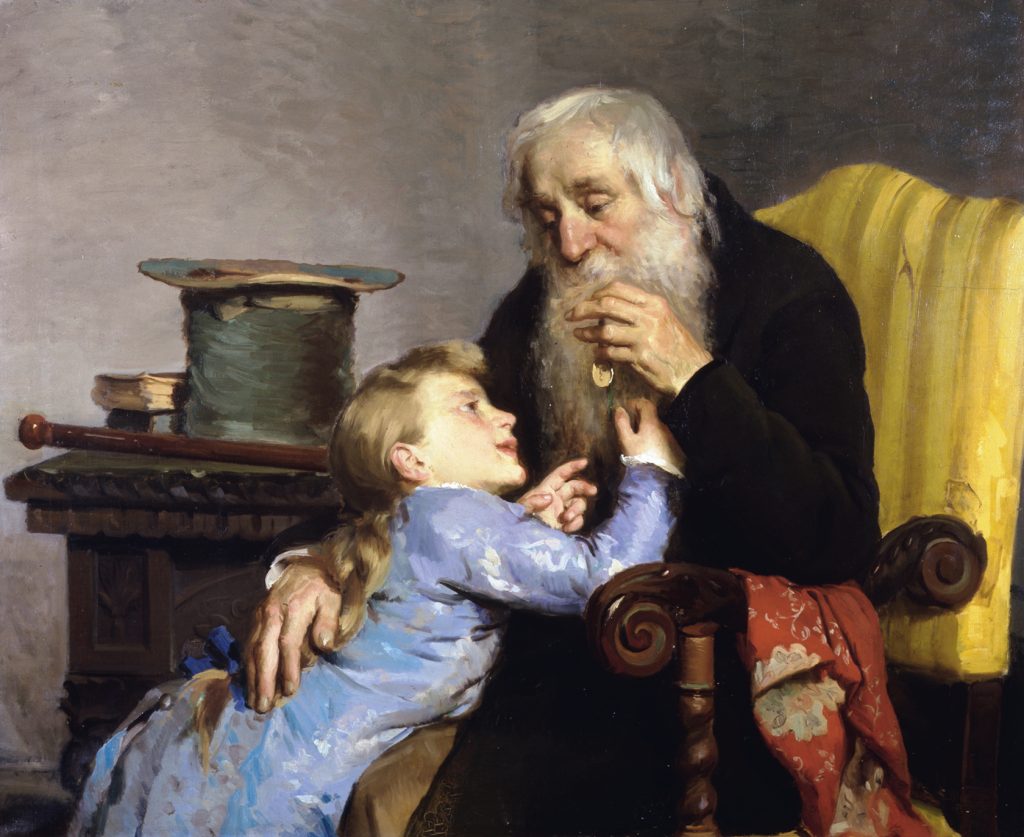
The undisputed dominance of technological and information technology training that has now invaded the health professions, does it completely meet the real needs of patient health ?
Answer – It cannot be denied that the continuous and impressive progress of health informatics applications and the development of technology in the medical field, can bring unquestionable benefits to the patient and the physician’s activities. The practical realization of remote care, monitoring, and treatment, the refinement of diagnostic and therapeutic processes by means of ‘artificial intelligence and robotics, the collection of large masses of data and the construction of refined models that can be used in biomedical research, and the construction of personalized garrisons adaptable to the characteristics of the individual are enormous achievements that can optimize the approach to diseases and improve their management and treatment. The answer to the question is therefore overall positive, as we can already touch the practical benefits of so many achievements (telemedicine, artificial intelligence, robotic interventions, simulators, etc.) . However, in this context dominated by technological and computerized medicine, it is appropriate to ask whether this unstoppable process also takes into account the patient’s inner life, his or her relationships with the disease, family members, and environment, and, last but not least, the patient’s relationship with the professionals who care for him or her. We refer to that space that it is always appropriate to devote to humanism, or more specifically to the Medical Humanities. This is a body of knowledge that brings together different disciplines and practices involving psychology, anthropology, health history, philosophy, religion, ethics, all the arts and human knowledge. It is also obligatory to include teleological knowledge, in which empathy, interpretive skills, inner reflection and social responsibility find a home.
My personal fear is that, in the race for the future, this part risks remaining marginal in the culture of the health professional, not least because there is a real danger that hyper-specialized training will leave it little room.
What is the level of attention to Medical Humanities in Physician education today in undergraduate pathways?
Response – Ever since the Medical Humanities emerged in the U.S. as an opinion movement composed of physicians, sociologists, religious, and spiritual assistants to “humanize the biomedical model,” an attempt at integration has been undertaken that has helped to culturally contaminate the rigid technicist model of medicine. In essence, there was a growing belief that the humanities, social sciences, and the arts in general and their application were important both in undergraduate education and in bedside practice. Although the term Medical Humanities cannot be framed in a single unambiguous definition with clear boundaries, the concept derived from a rational reading of it is intended to be interpreted as a way of connecting humanity and scientificity. In the years since 2000, Medical Humanities have been progressively introduced unevenly into university education and curricula. They have found a place mainly in the Medical faculties of Canadian and U.S. universities, Australia and the United Kingdom. The Yale School of Medicine, Mont Sinai School of Medicine in N.Y, and Alberta University have produced several papers demonstrating in the field the applicative usefulness of this approach on the well-being of patients. In Europe, Medical Humanities have met with a more limited consensus, nevertheless attracting much interest, and in our country, where the socio-health context still demonstrates a strong technicist prevalence, they now register uneven but growing approvals. The main experiences mainly involve Narrative Medicine (diaries, telling the story of one’s pathology, auto-biographies). This way of approaching medicine means that data collection does not remain only a quantitative/statistical analysis (essential to build an incontestable scientific dimension), but also becomes the recording of the patient’s experience and, therefore, an exchange is established with the way of feeling and being of the health care provider, who can modulate his approach with the patient’s response, reflecting on his experience. And the patient finds himself experiencing illness not only as a function of pathology, his symptoms and medicines, but also by what he sees, feels and shares around him and with those he is with.

Can it be said that there is now a greater awareness of the need for more humanistic training in health care organizations?
Response – There are now several documents from Health Authorities, Universities and the Higher Health Council recommending that the humanities be included in the training of future physicians. If the physician’s mental horizon is not limited only to the technical aspect of therapies and new technologies, but also broadens to consider humanistic, social and cultural aspects, a valuable background is built up that helps to better understand the complexity of the “person” entrusted to care and, therefore, to improve diagnosis and treatment skills. Added to this is the fact that there is evidence that the application of Medical Humanities in the field, is helpful in improving patient well-being and making disease care easier and more effective. These concepts are explicitly stated in a very influential World Health Organization document, the “Health Evidence Network Synthesis Report 67 “, published in 2019, which based on a very extensive review of international publications concludes how the “arts” in general produce decisive improvements to health and well-being. The strategy recommended by the WHO is to increase the use of Medical Humanities within organizations that directly or indirectly deal with health.
The progressive awareness of the problem on the part of the University world, is shown by the fact that there are increasing offerings of Masters in Medical Humanities that are aimed at different categories of professionals, involved in both education and care: primary and secondary school teachers, nursing and para-medical personnel, psychologists and psychotherapists, family members of long-dying and chronically ill patients. In addition, topics such as art, philosophy, music, theater, and film are increasingly finding their way into University Courses for health care professionals. Several Scientific Societies and Patients’ Associations are also promoting initiatives in the field.

Have you had personal experience of applying health humanities to health?
Response-I was fortunate enough to personally experience an Art and Health project started in 2018 at the Humanitas hospitals in Bergamo, Humanitas Gavazzeni and Castelli, with the goal of using art to change the way of life in the hospital. Humanitas has long established a close collaboration with the Accademia Carrara, and the Gavazzeni and Castelli hospitals have made available 1,200 square meters of walls to reproduce details of some of the Accademia Carrara’s most significant paintings in maxi-size enlargements. The Project entitled “The Care and the Beauty” took the form of reproducing details of 25 works on the walls in the environments where patients, healthcare professionals, care givers, visitors and, more generally, all staff are stationed. Based on these initiatives, other initiatives have been undertaken that go in this direction: the project “Works in Words,” the research project “Measuring Quality of Life in Patients with Breast Cancer Metastasis in Oncology Day Hospital,” and the project “Meeting in Art “.
With “Works in Words,” the project of bringing art and beauty to the hospital has added the piece of literature: 11 well-known authors of Italian culture have produced original short stories inspired by the paintings on display this time in hospital wards. These stories are available as printed material to be delivered to users or in audio form through podcasts recorded by the authors themselves.
The project “Measuring Quality of Life in Breast Cancer Patients,” on the other hand, received a 5×1000 grant from the Humanitas Foundation for Research and planned, through validated Well Being questionnaires (Psychological Well Being Index), to assess the impact of exposure to works of art on the well-being of patients undergoing cancer treatment. The same patients were subjected to a narrative study with recording of their impressions in front of different reproductions of the paintings (with answers to the questions “I see” “I feel” “I think” “I want” “I go inside the painting“). This part of the Project was carried out through collaboration with the ISTUD Foundation.
The third project, “Meeting in Art,” was conceived by The Bridge for Hope Association and Carrara Educazione in collaboration with Humanitas, and consists of an invitation to experience the Accademia Carrara museum as spaces of beauty, refuge or comfort. The initiative was given space on the occasion of Bergamo-Brescia Capital of Culture 2023.
Alongside these initiatives carried out in Bergamo, the Humanitas group has reproposed a similar approach in the Humanitas Clinical Institute in Rozzano (Mi), exhibiting details of paintings by great masters thanks to the collaboration with the Accademia delle Belle Arti di Brera (Mi).
This is not the place to describe the results, some of which are being evaluated. However, the feedback from patients, caregivers and visitors has been positive, and the ‘common impression is of being in a “different hospital” in which illness can be experienced in a way that is more acceptable to all and does not just become the theater of a virtuous medical act on the patient but results in the occasion of a more complete encounter between several people who pool the experience of suffering in search of a common well-being.
